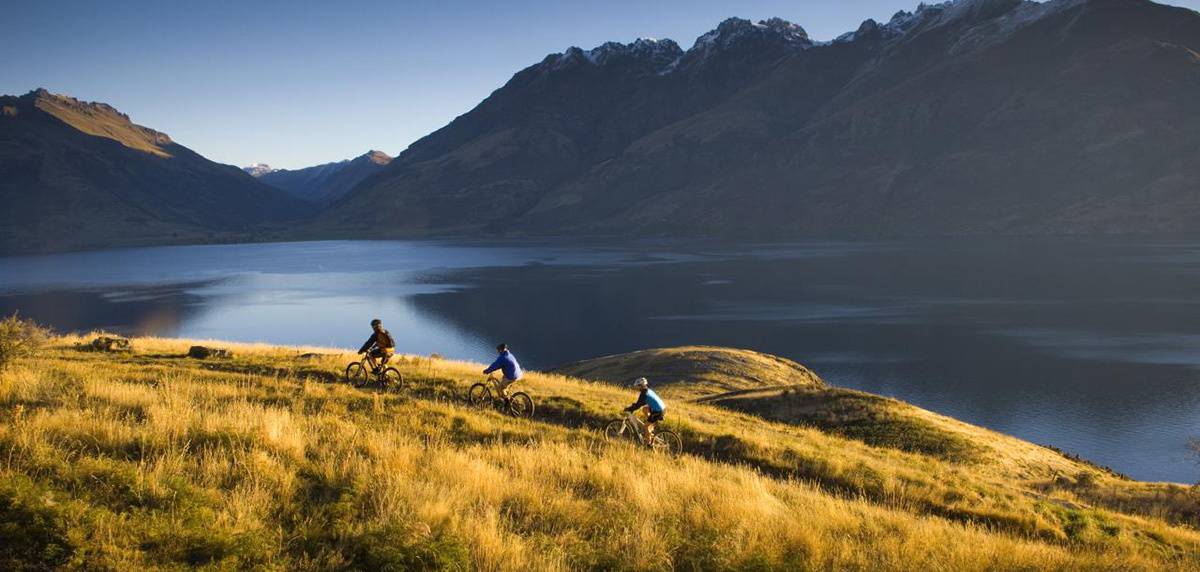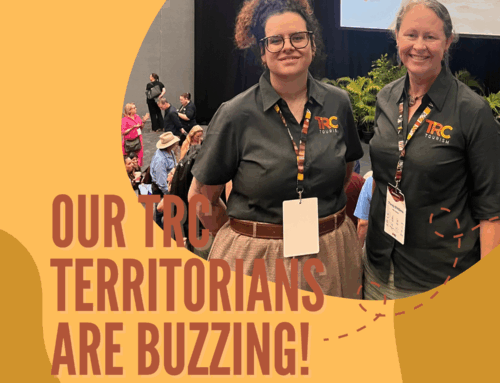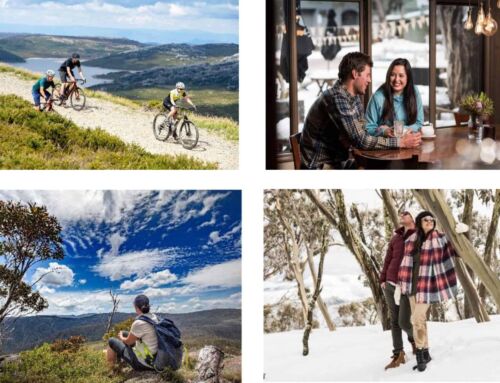One of the most interesting aspects of TRC’s Sustainable Trails Conference was hearing from destinations where trails are really making an impact. There’s no doubt that destinations like Rotorua, Queenstown and Taupo in New Zealand, and Derby and the Snowy Mountains in Australia, are seeing the impact of trails and trails related events on the economy. But measuring that impact and communicating it to those making funding decisions is a little more complicated than just recognising it’s happening.
At the conference we heard how many government departments have started taking a standardised approach to business cases for infrastructure projects, setting up templates with required information in an attempt to be able to compare like for like across projects in different locations and make decisions about which will bring the most benefit for the cost. Essential to any modelling of impacts, whether future or actual, is an estimate of (or in very rare cases actual figures for) user numbers, a breakdown of local versus visitor use, information on spend by visitors, and data on length of stay. Accurate estimates of construction costs, timing and local content components for estimating the impacts of the construction phase are vital.
What was abundantly clear is that guestimates, invented multipliers and over-estimations are not serving anyone’s interests, and that getting the measuring right from the start is a key to success. Documentation of any assumptions is essential, and truth testing assumptions and projections with locals should never be overlooked as what comes out of any modelling is only as good as what goes in.






